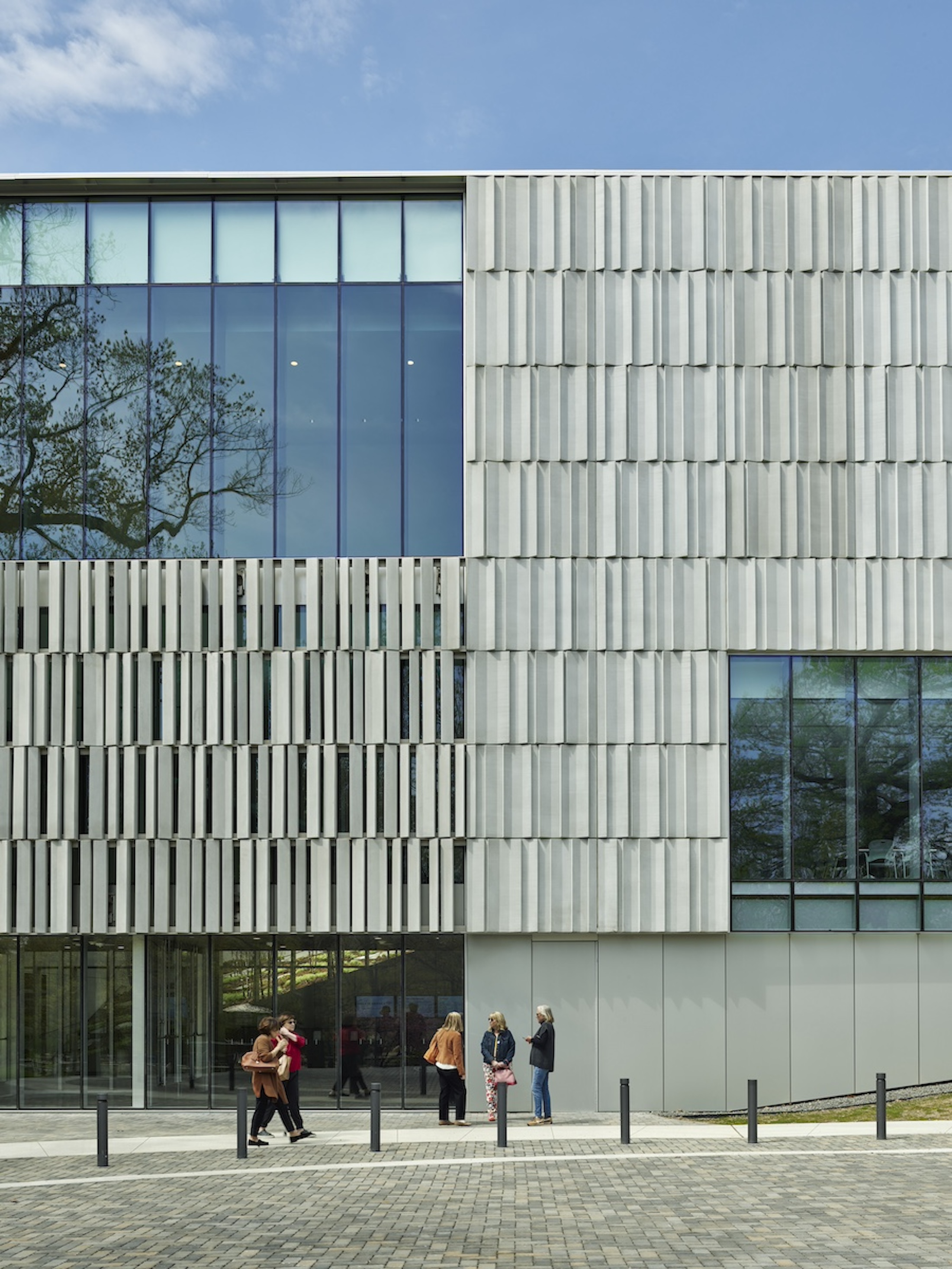In Greenwich, Conn., the Bruce Museum, a multidisciplinary institution highlighting art, science, and history, has undergone a campus revitalization and expansion that more than doubles the museum’s size.
Designed by EskewDumezRipple and built by Turner Construction, the project includes a 42,000-sf, three-floor addition as well as a comprehensive renovation of the 32,500-sf museum, which was originally built as a private home in the mid-19th century and expanded in the early 1990s.
The project provides permanent and changing galleries, expanded collection storage, education spaces, public gathering places, and a public entrance lobby. A new lecture hall serves as a hub for community programming, public lectures, and receptions.
“We can host the community in a way we’ve never been able to before,” Robert Wolterstorff, executive director, Bruce Museum, said in a statement. “In the past, we had no permanent collections galleries.”
The project reorients the museum’s entrance so that, instead of facing a highway, it now faces the free and public Bruce Park. The double-height lobby, café, and gift shop form an open, free-flowing public area, and a new courtyard joins the existing museum to the addition.
EskewDumezRipple’s design draws inspiration from both the historic stone house and the surrounding region’s geology. The striated façade of cast stone and glass evokes the Connecticut coast’s rock quarries, and the façade changes appearance as the sun changes position depending on the time of day and year. The design emphasizes natural daylighting, with openings in the façade providing light to the interior that gradually recedes deeper in the galleries.
The energy-efficient design includes an airtight façade, highly efficient air-handling units, a dehumidification system, and a stormwater management system that collects 100% of rainwater onsite. The museum has a predicted Energy Use Intensity (EUI), or the amount of energy used per square foot annually, of 63, in contrast to an EUI of 186 for similar museums in the northeast US, according to the statement.
On the Building Team:
Owner: Bruce Museum
Owner’s representative: Stone Harbor Land Company
Architecture and interiors: EskewDumezRipple
Contractor: Turner Construction
Landscape architect: Reed Hilderbrand
Structural engineering: Guy Nordenson and Associates
MEP engineering: Altieri
Civil engineering: Redniss & Mead
Geotechnical: Melick-Tully and Associates
Lighting: Fisher Marantz Stone
Acoustics and A/V: Jaffe Holden
Envelope: Simpson Gumpertz & Heger
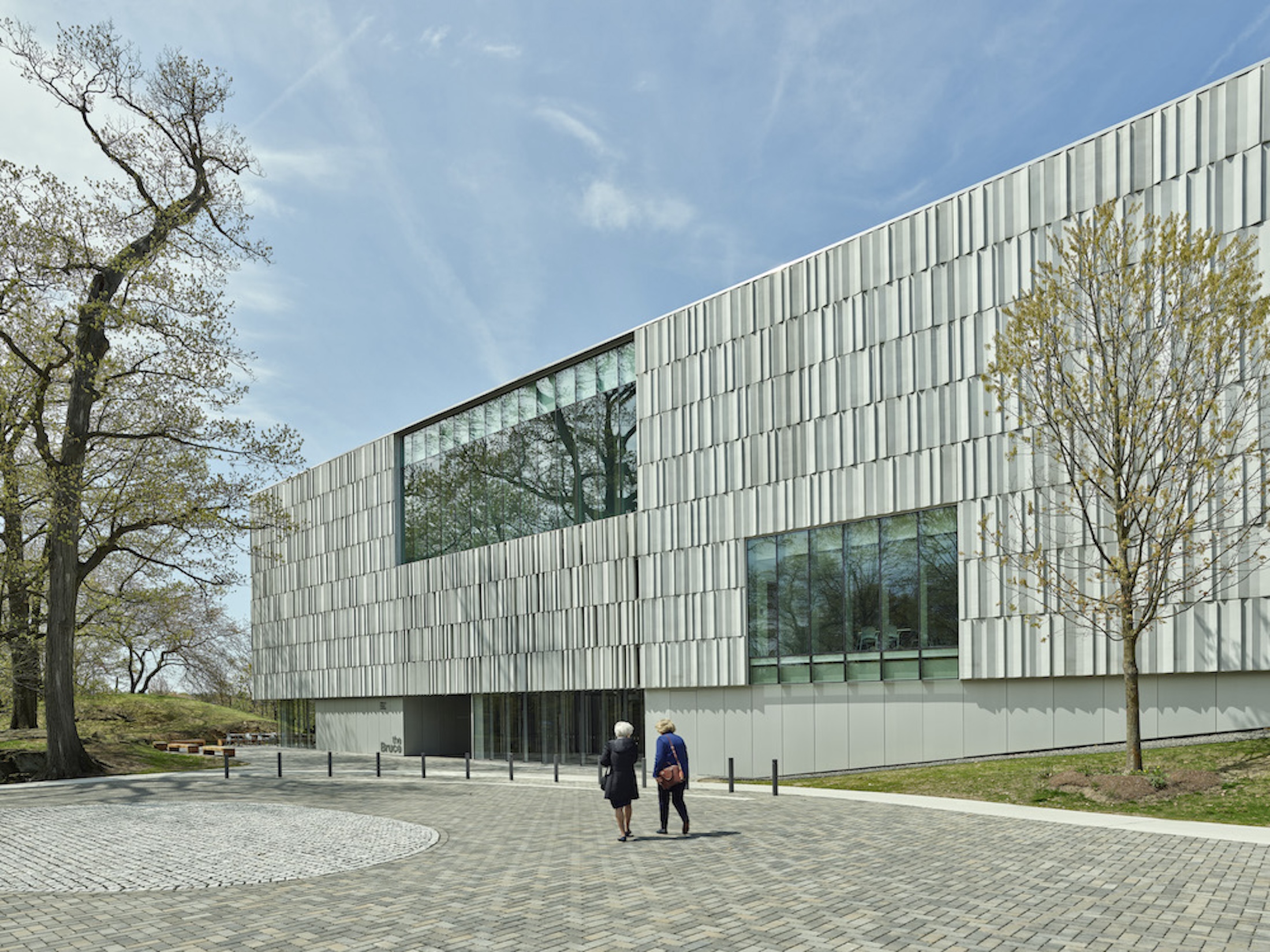
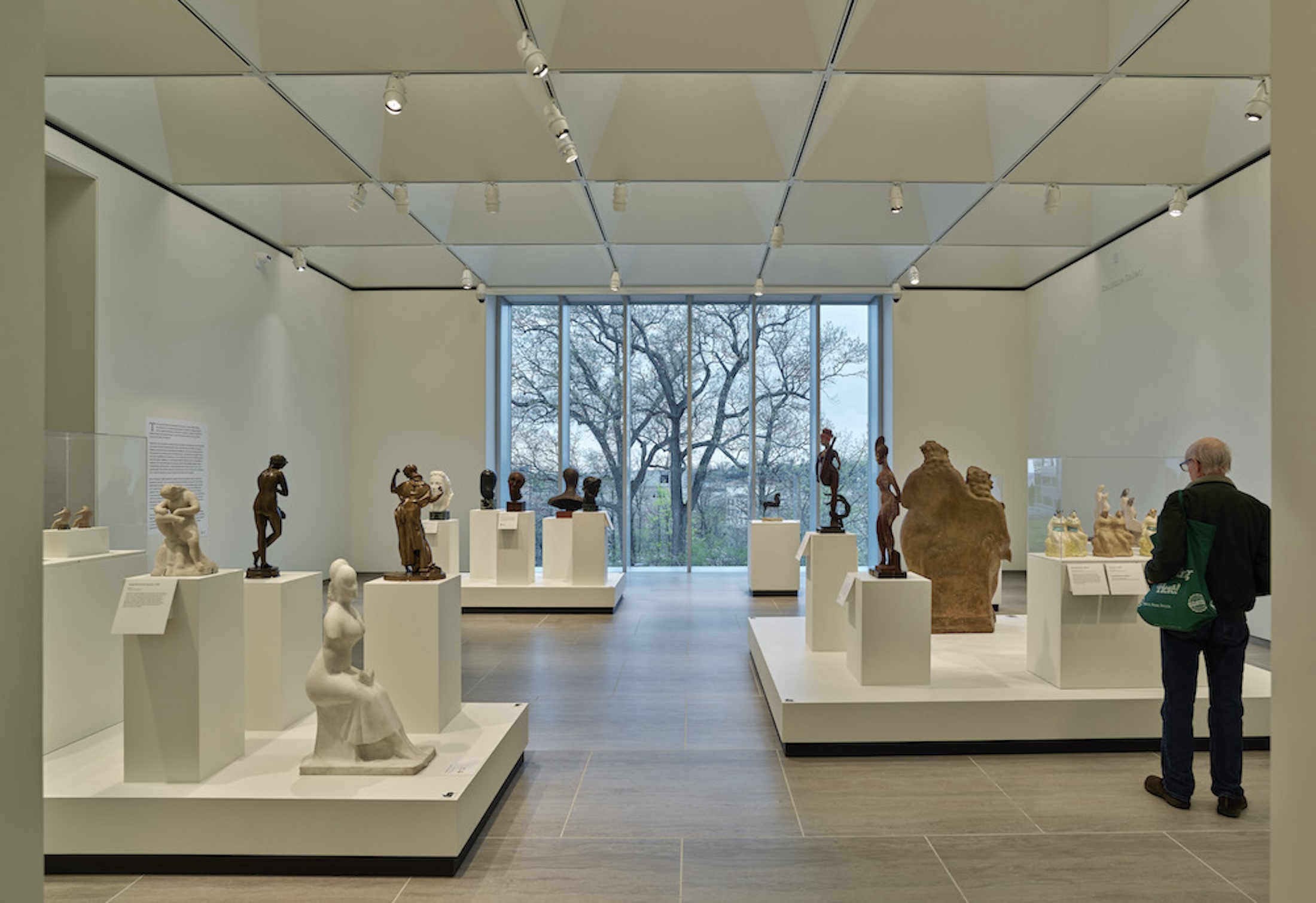
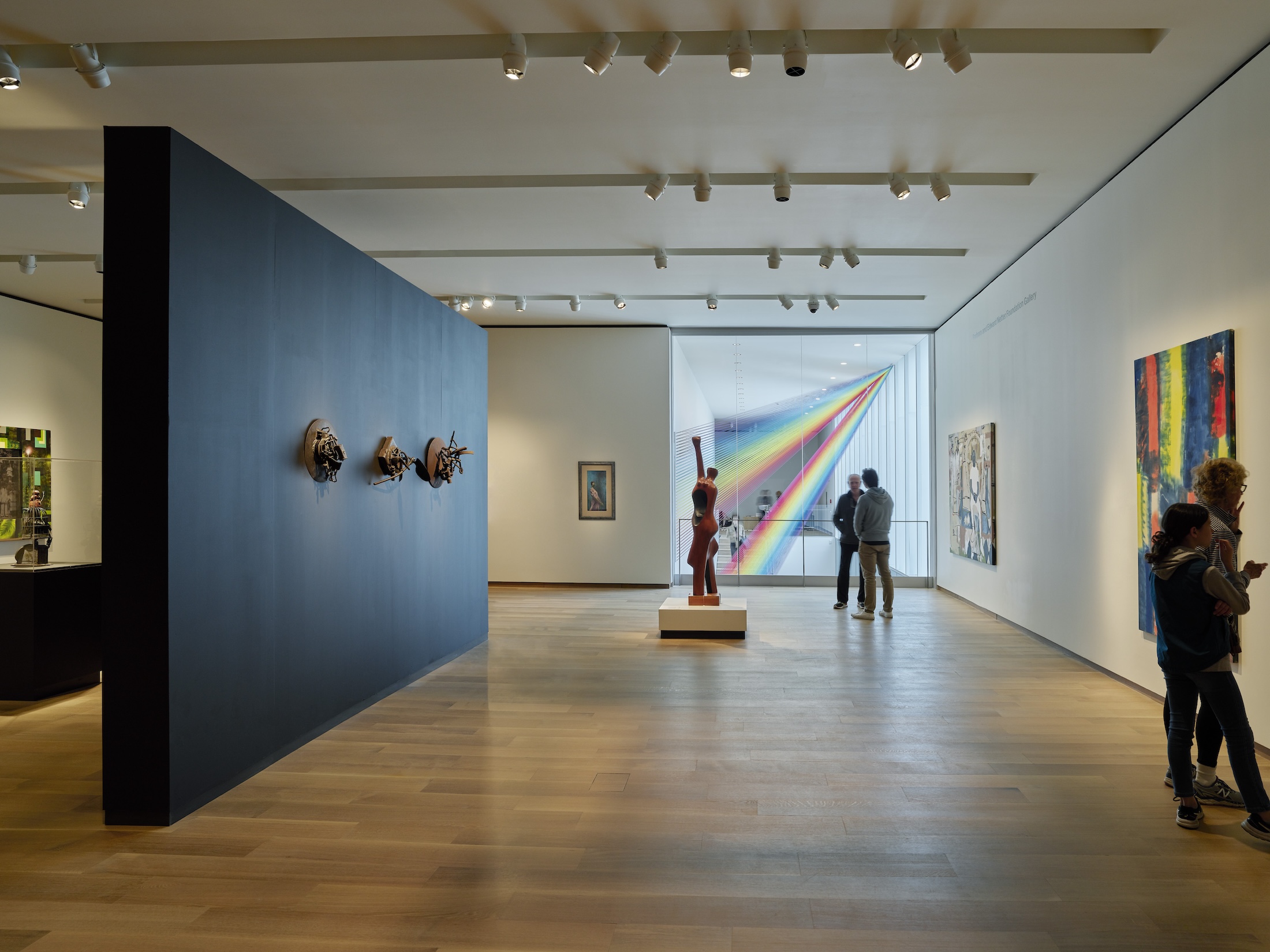
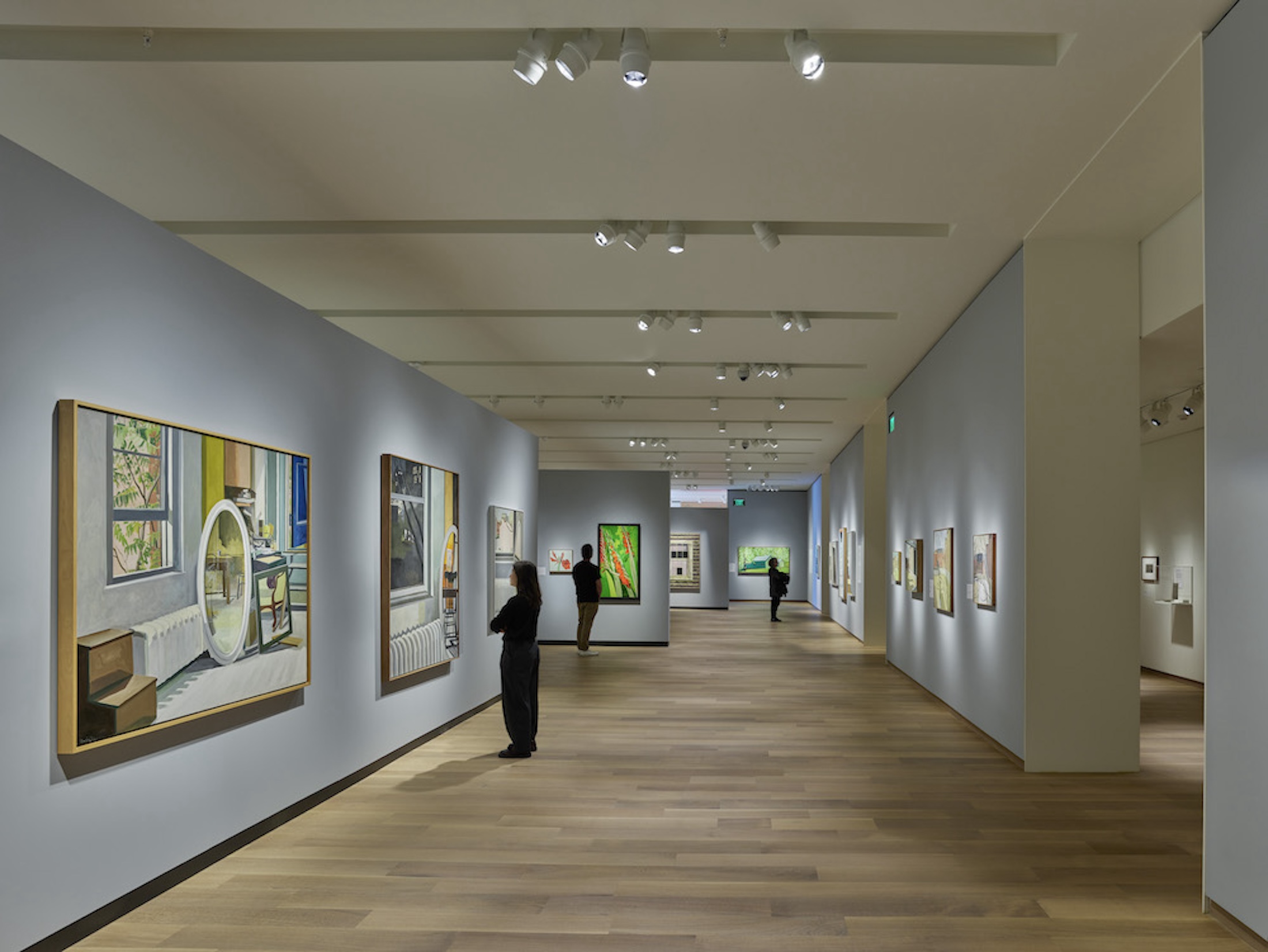
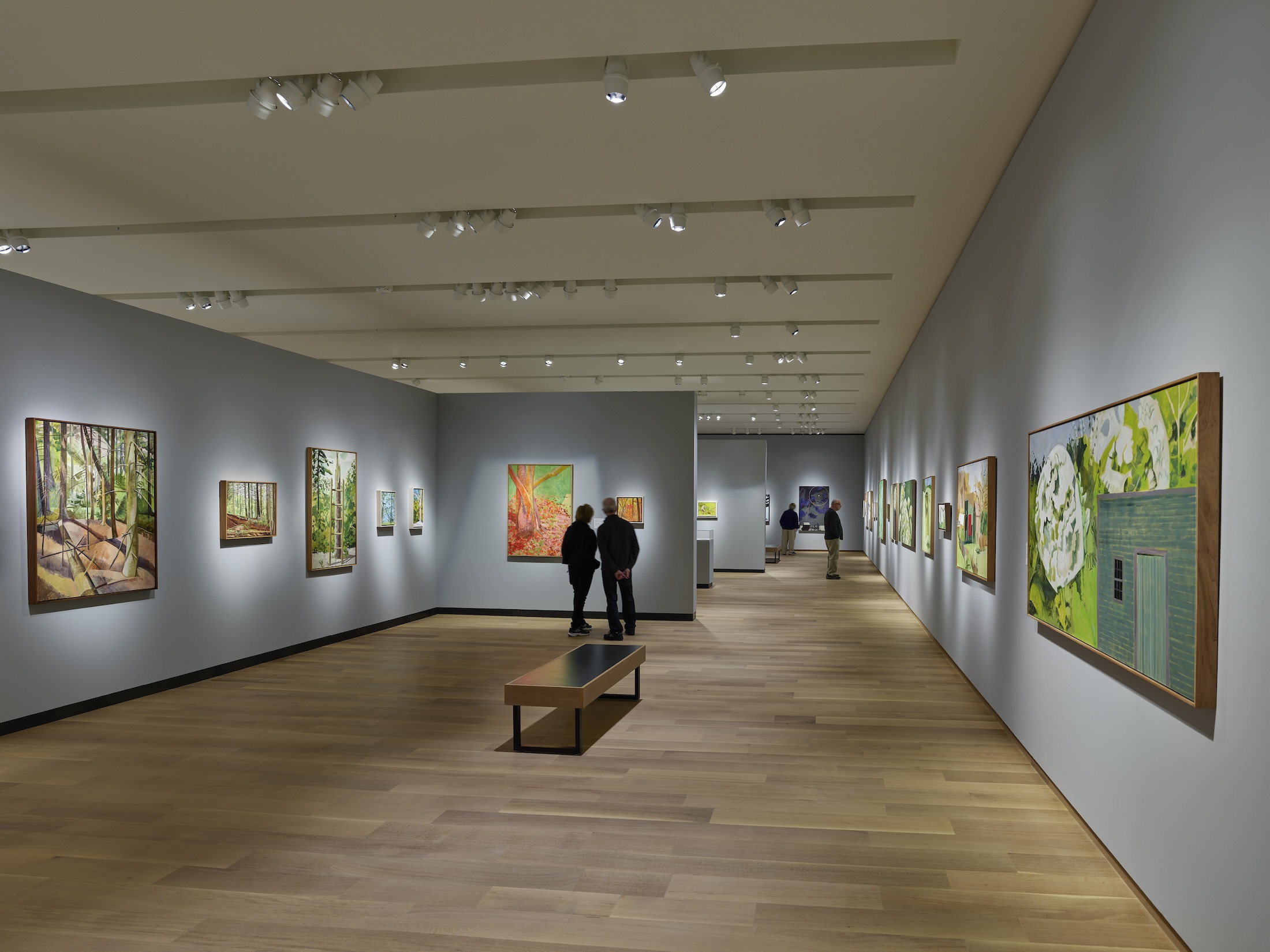
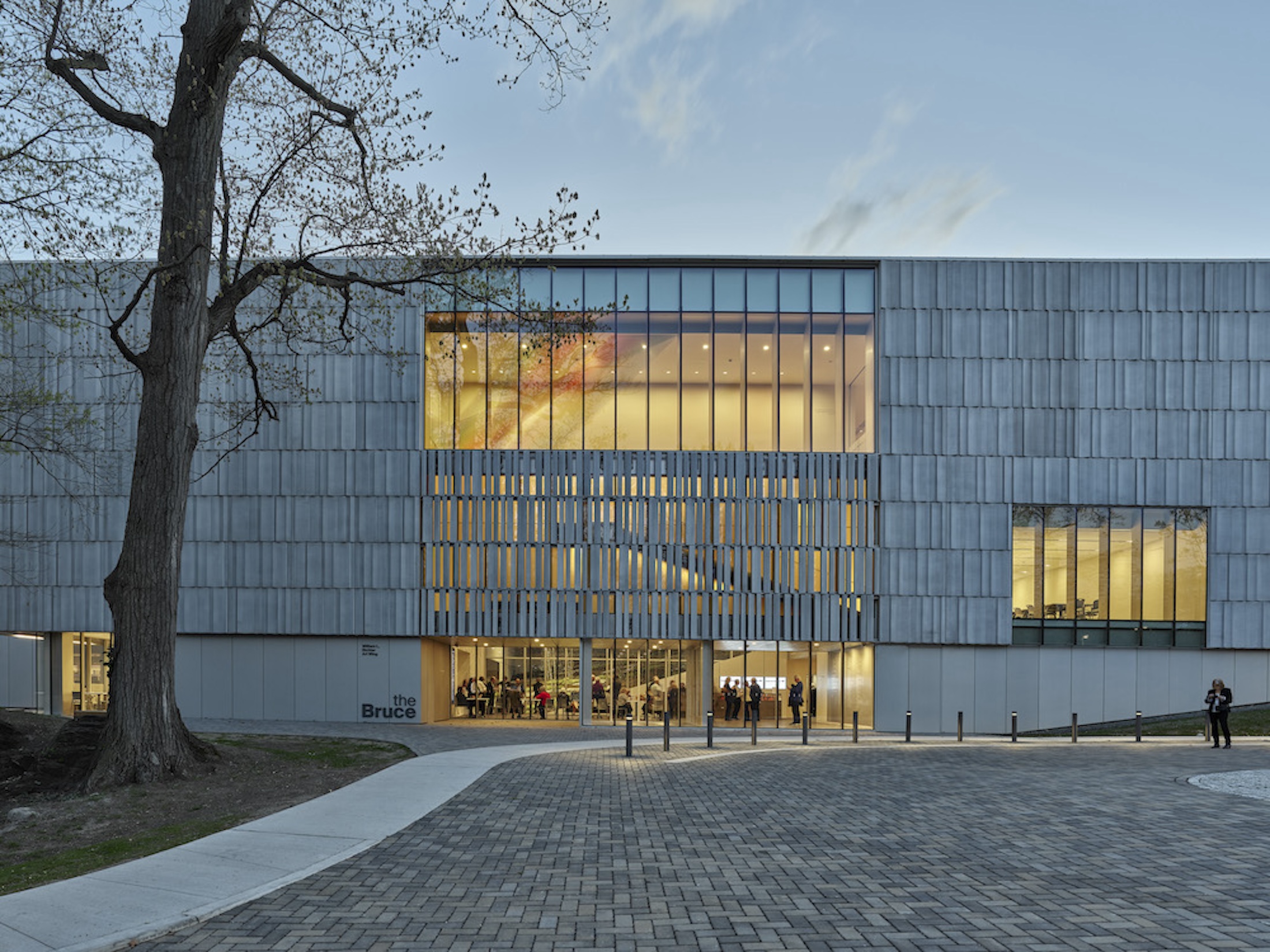
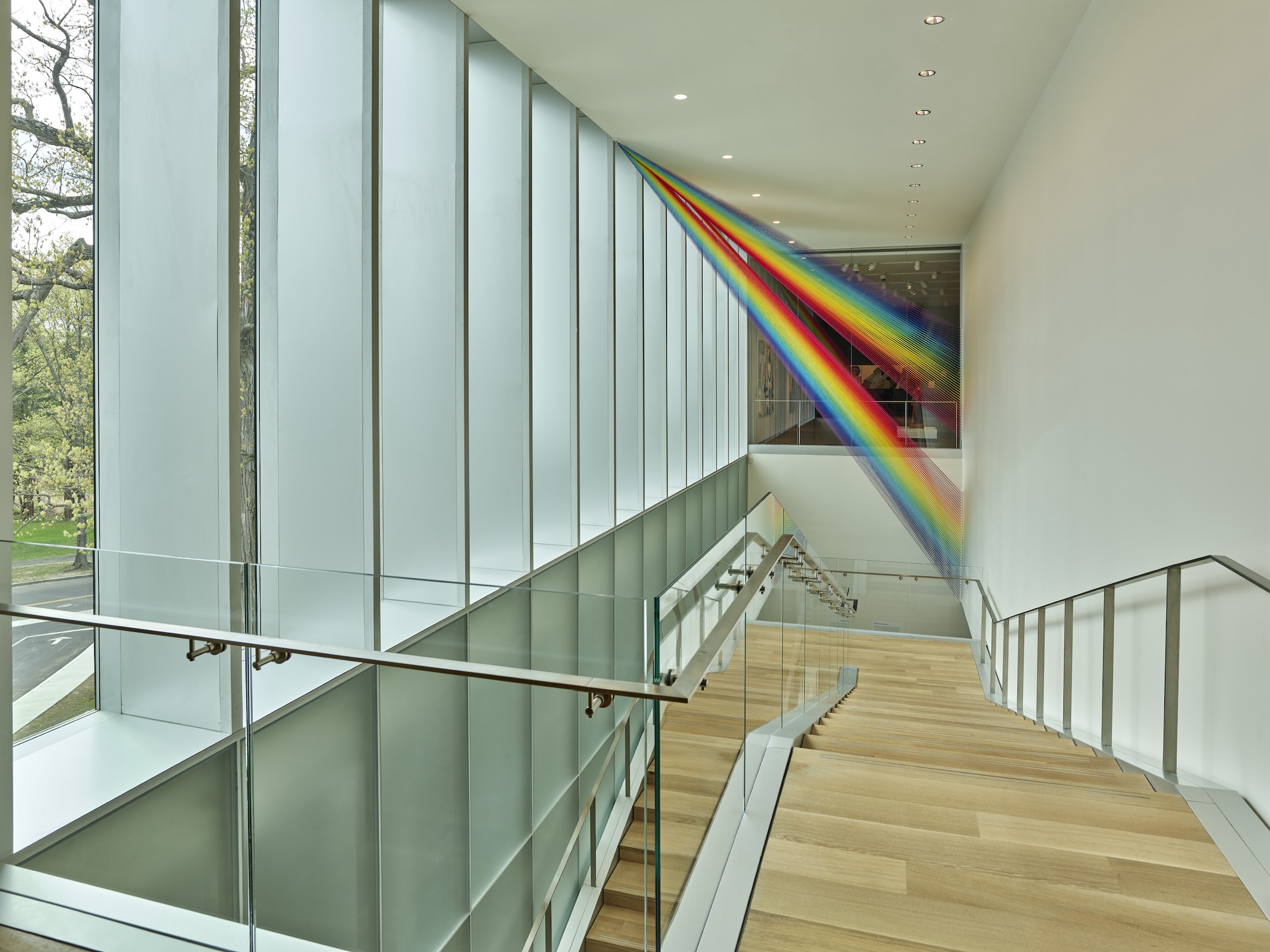
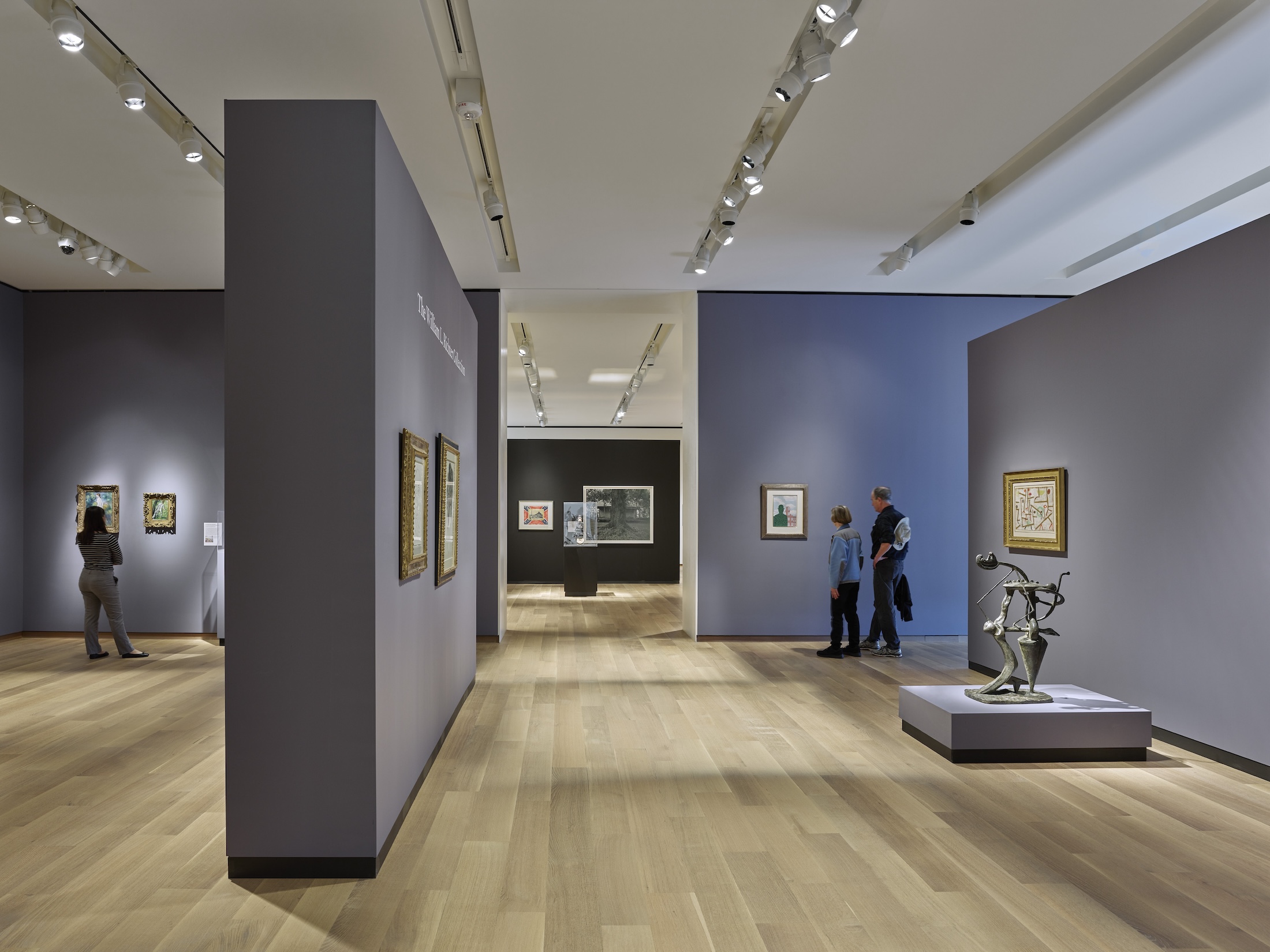
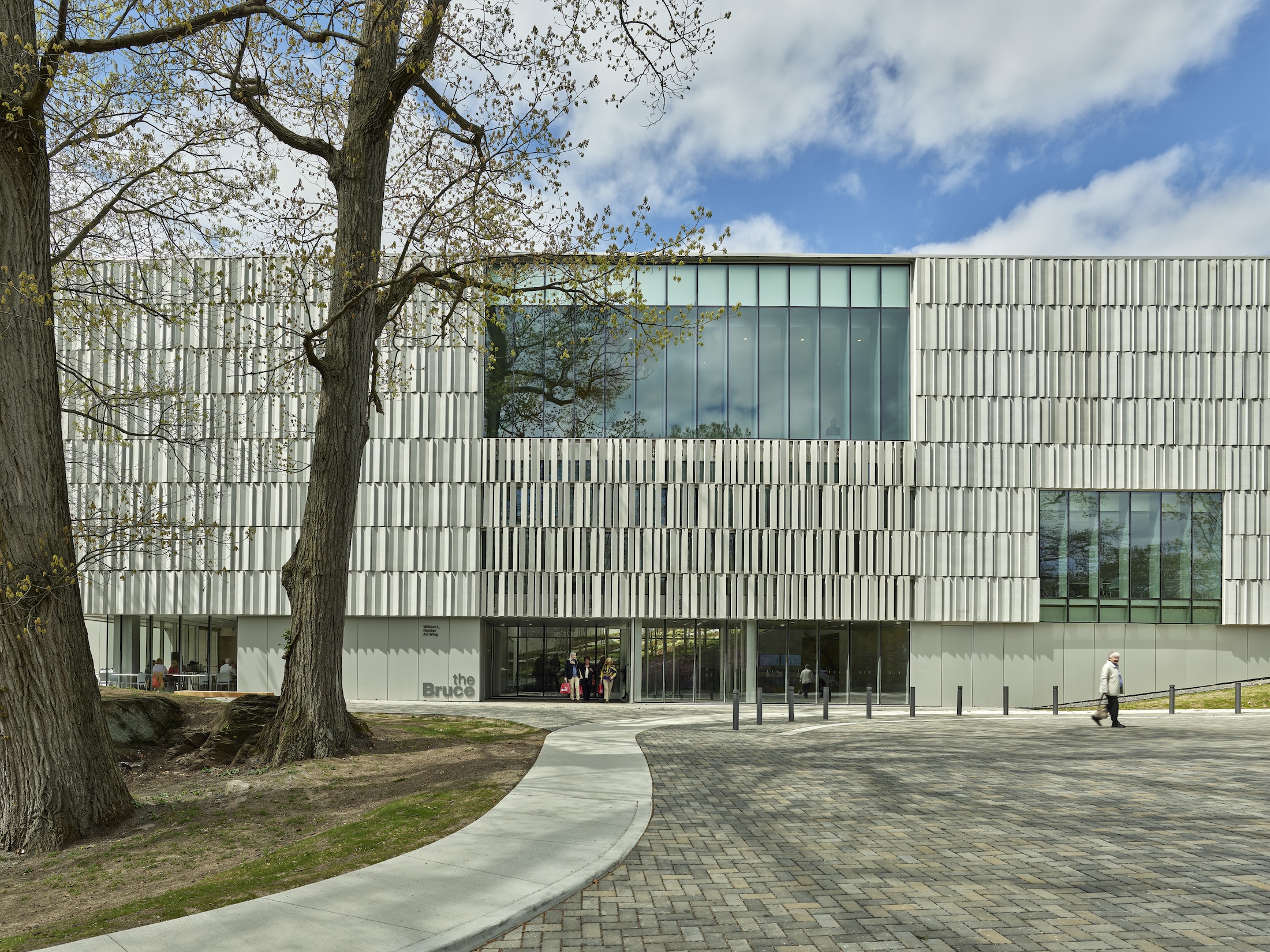
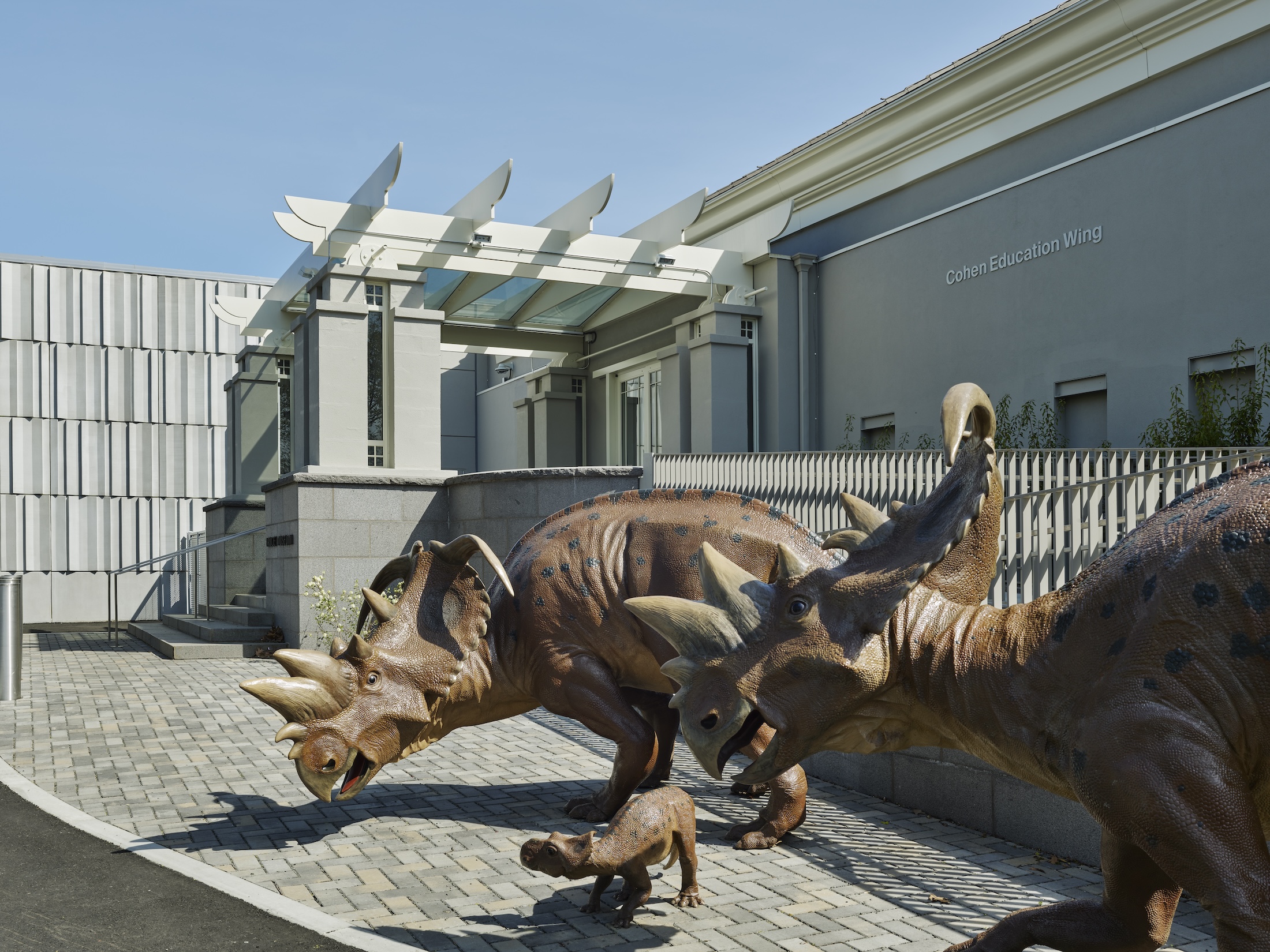
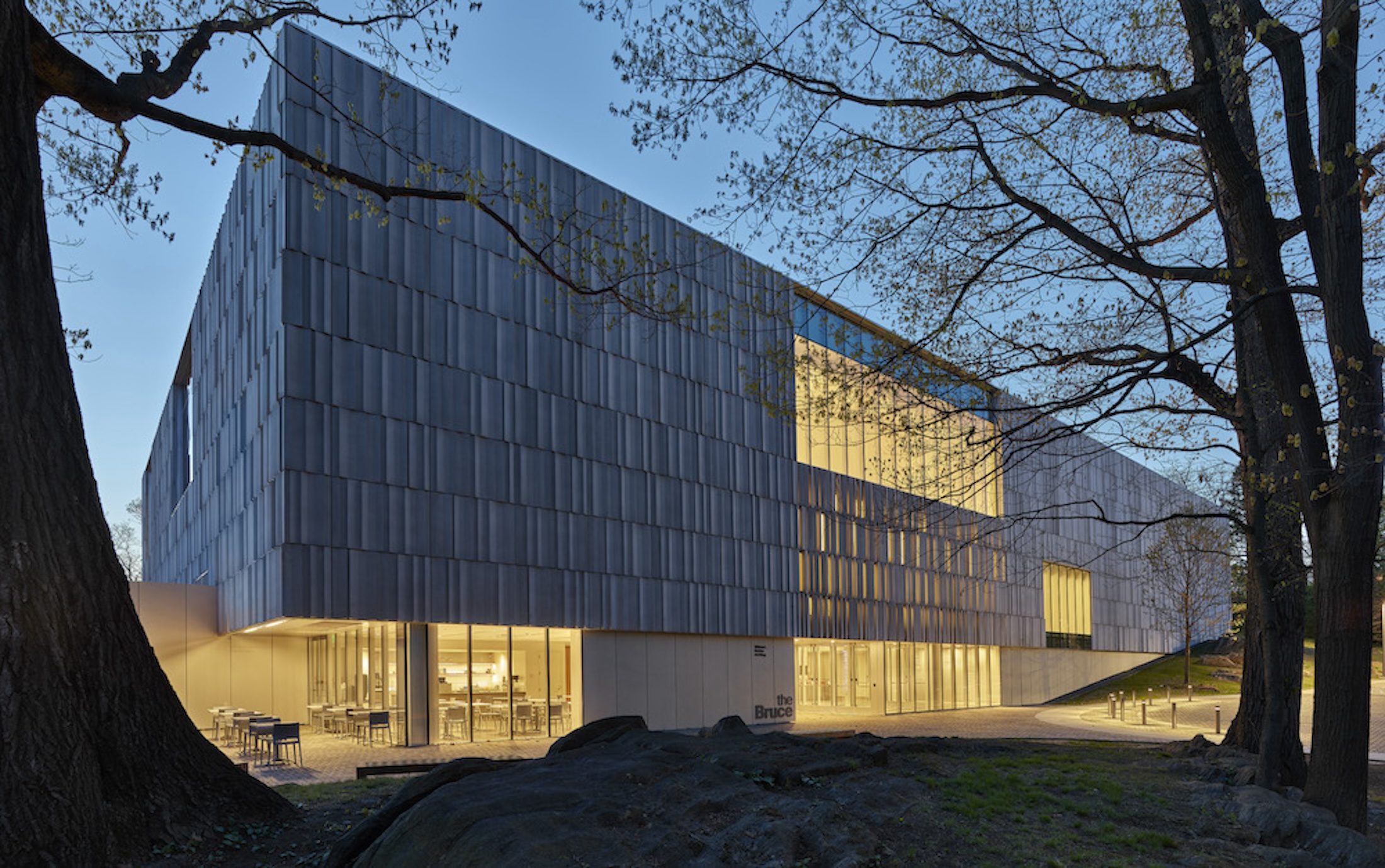
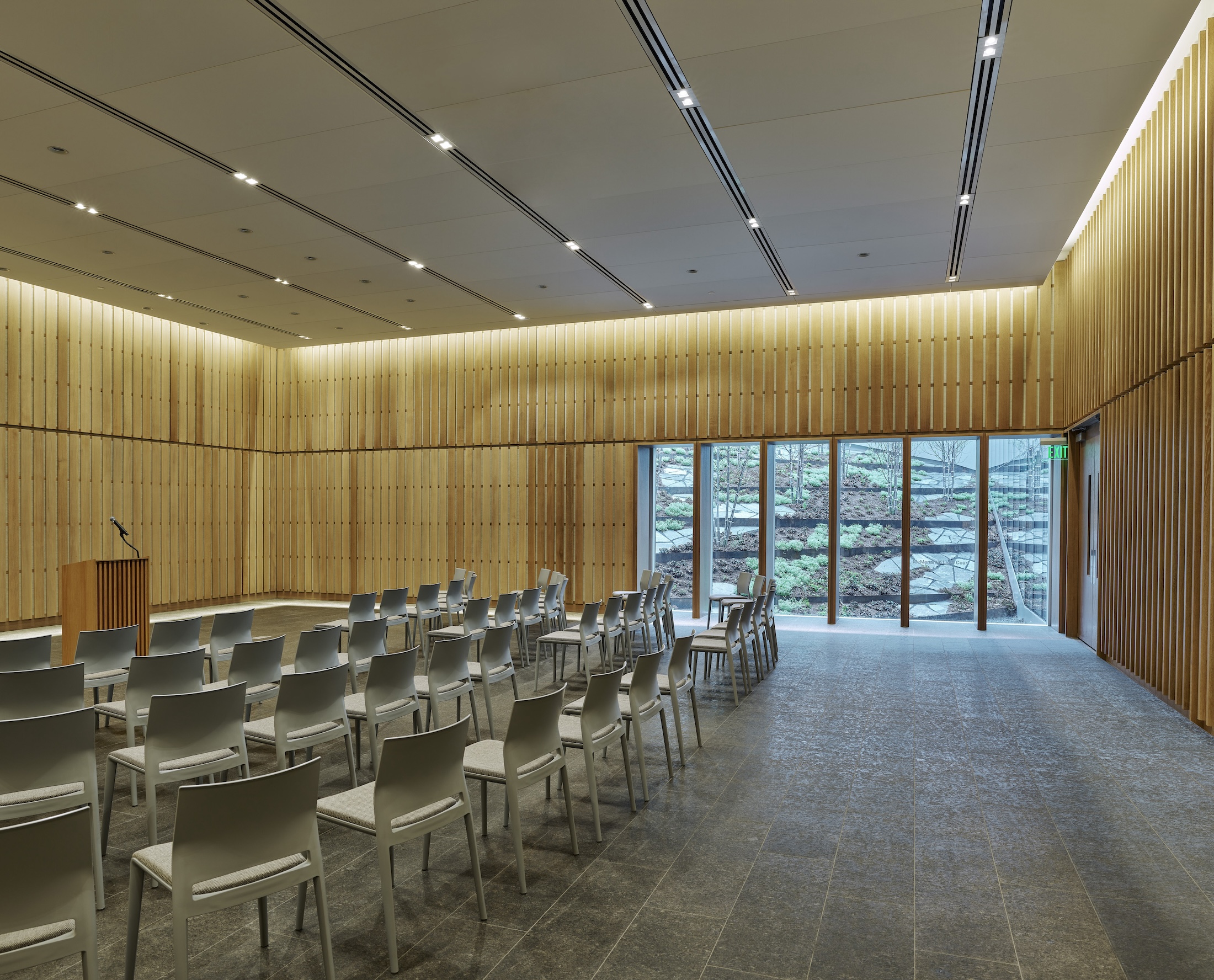
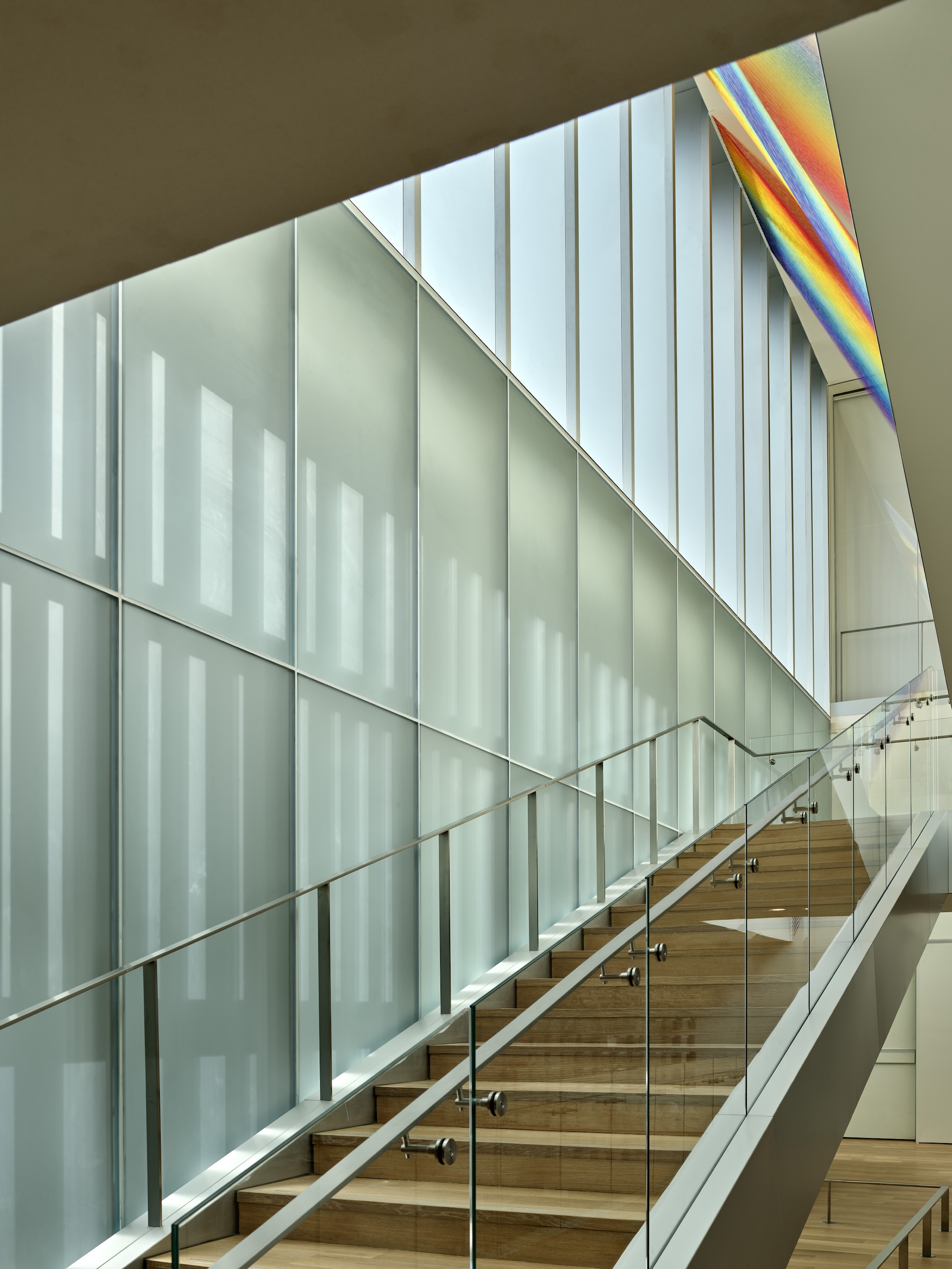
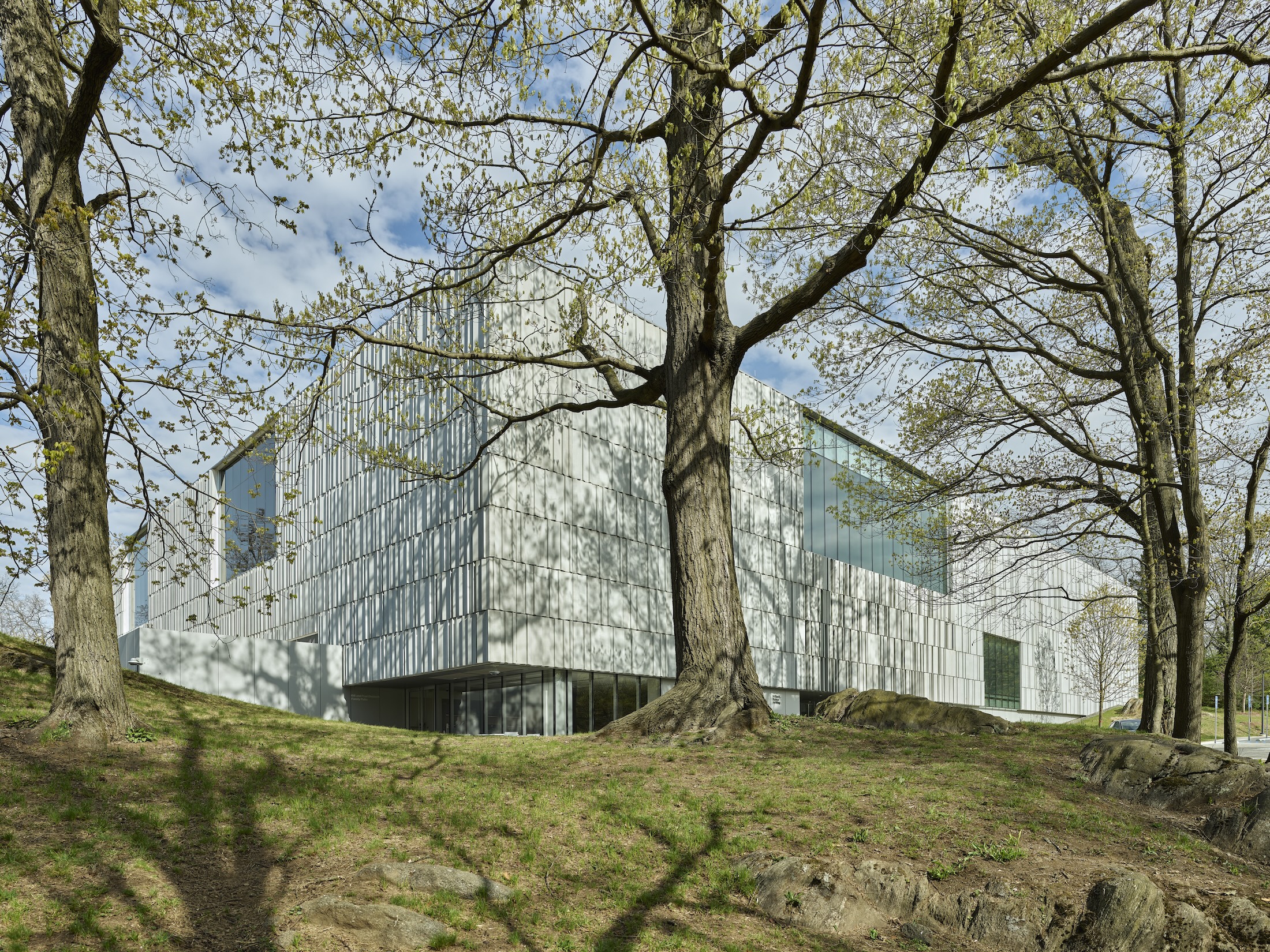
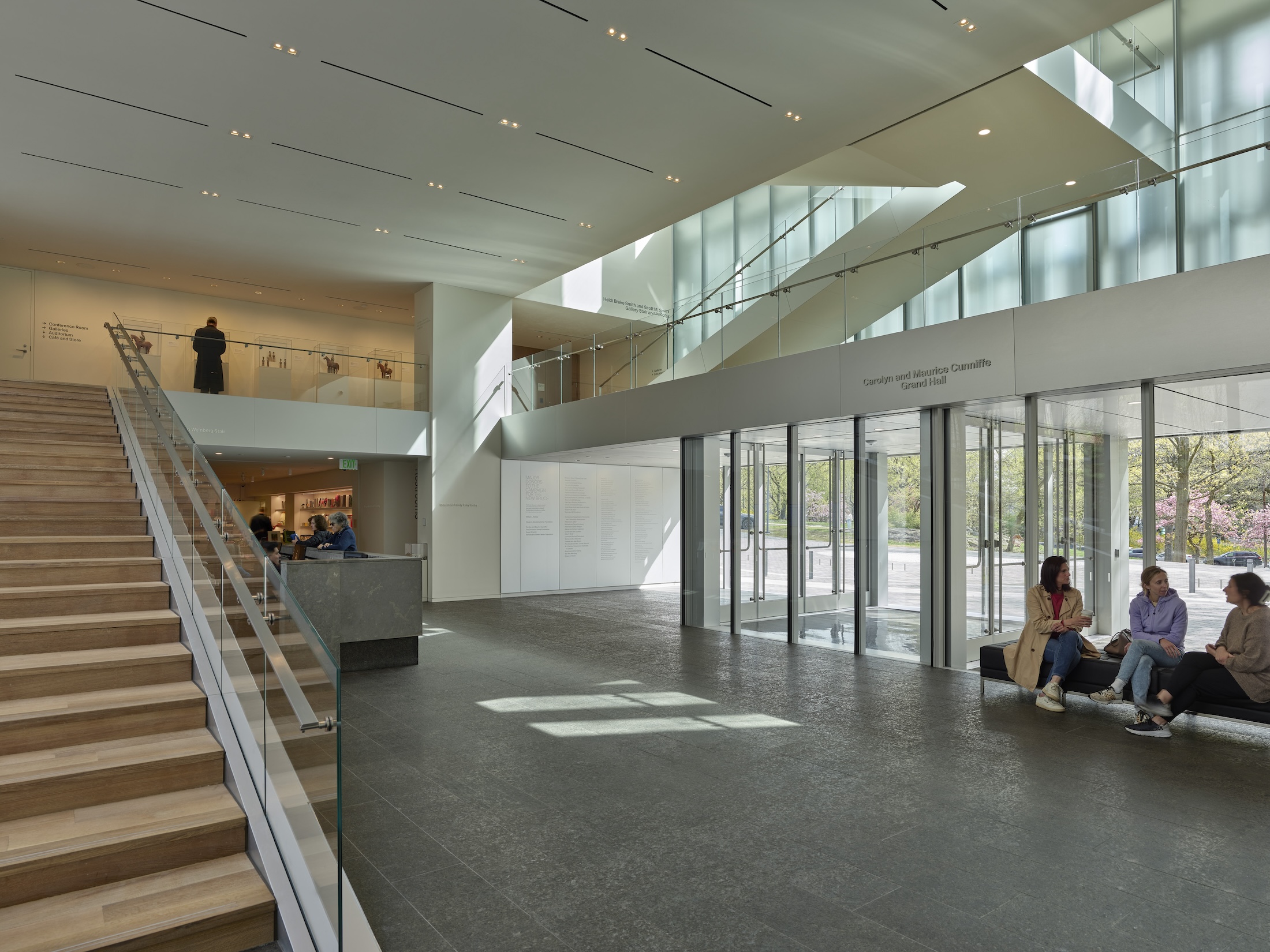

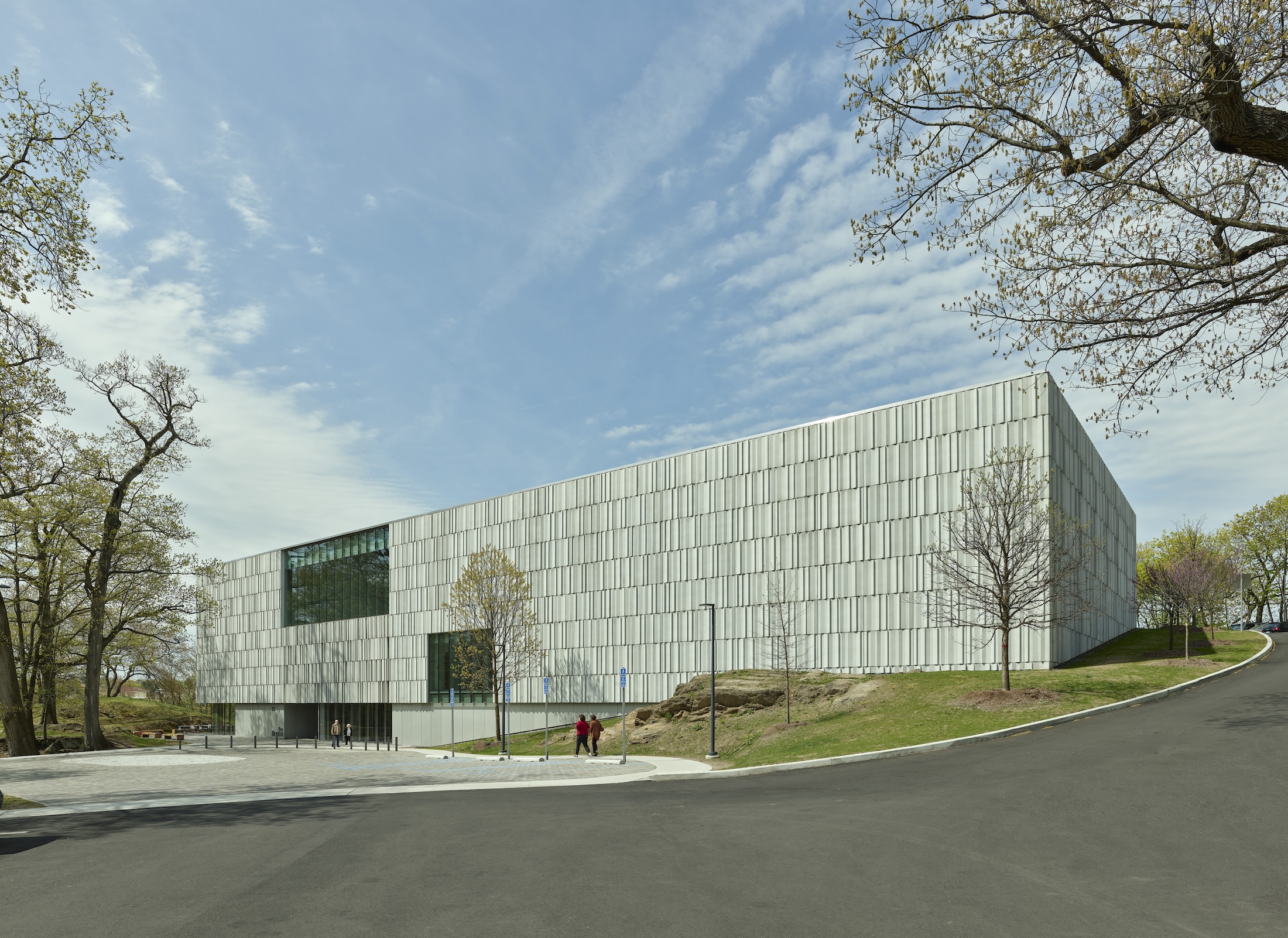
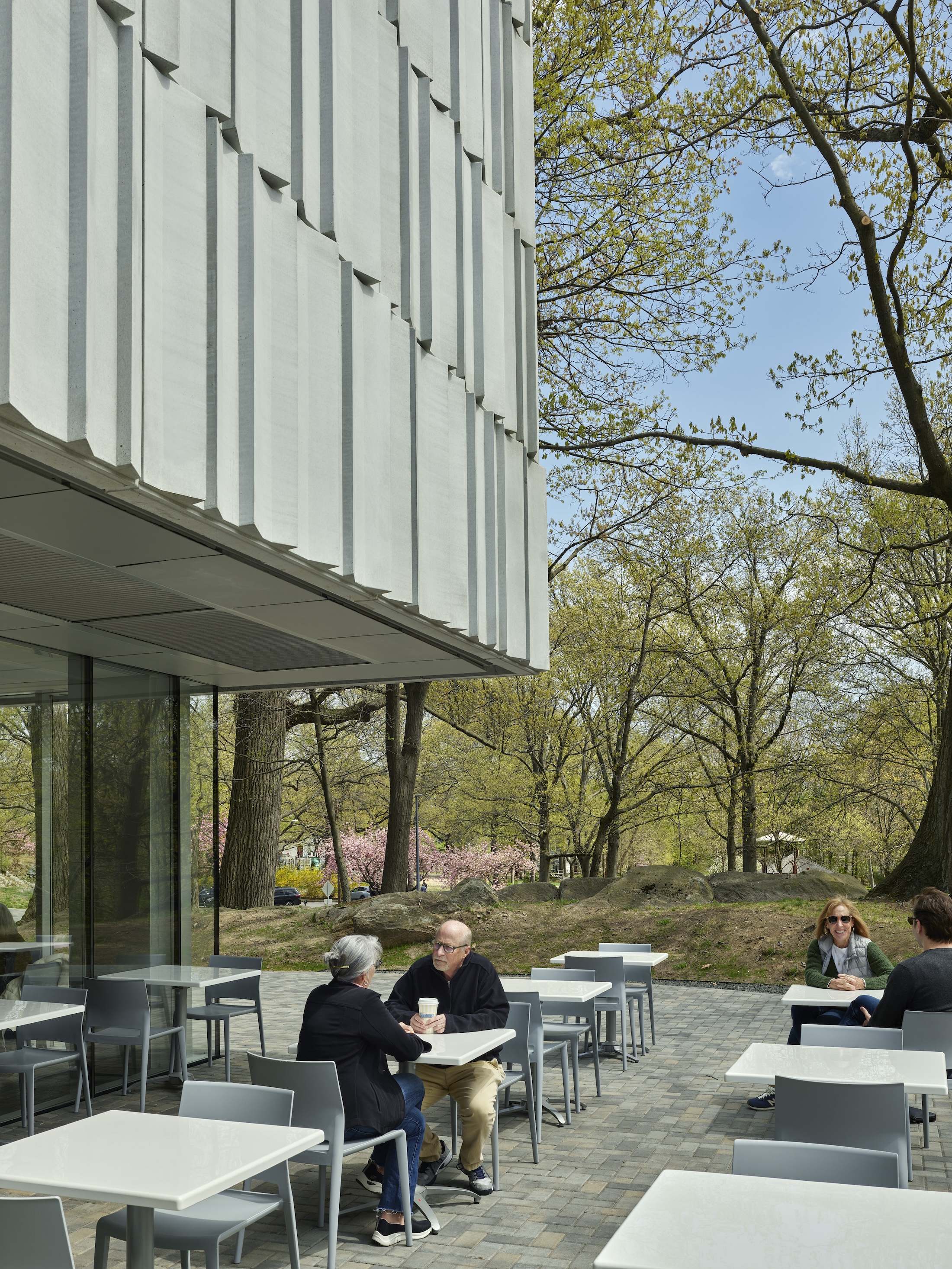
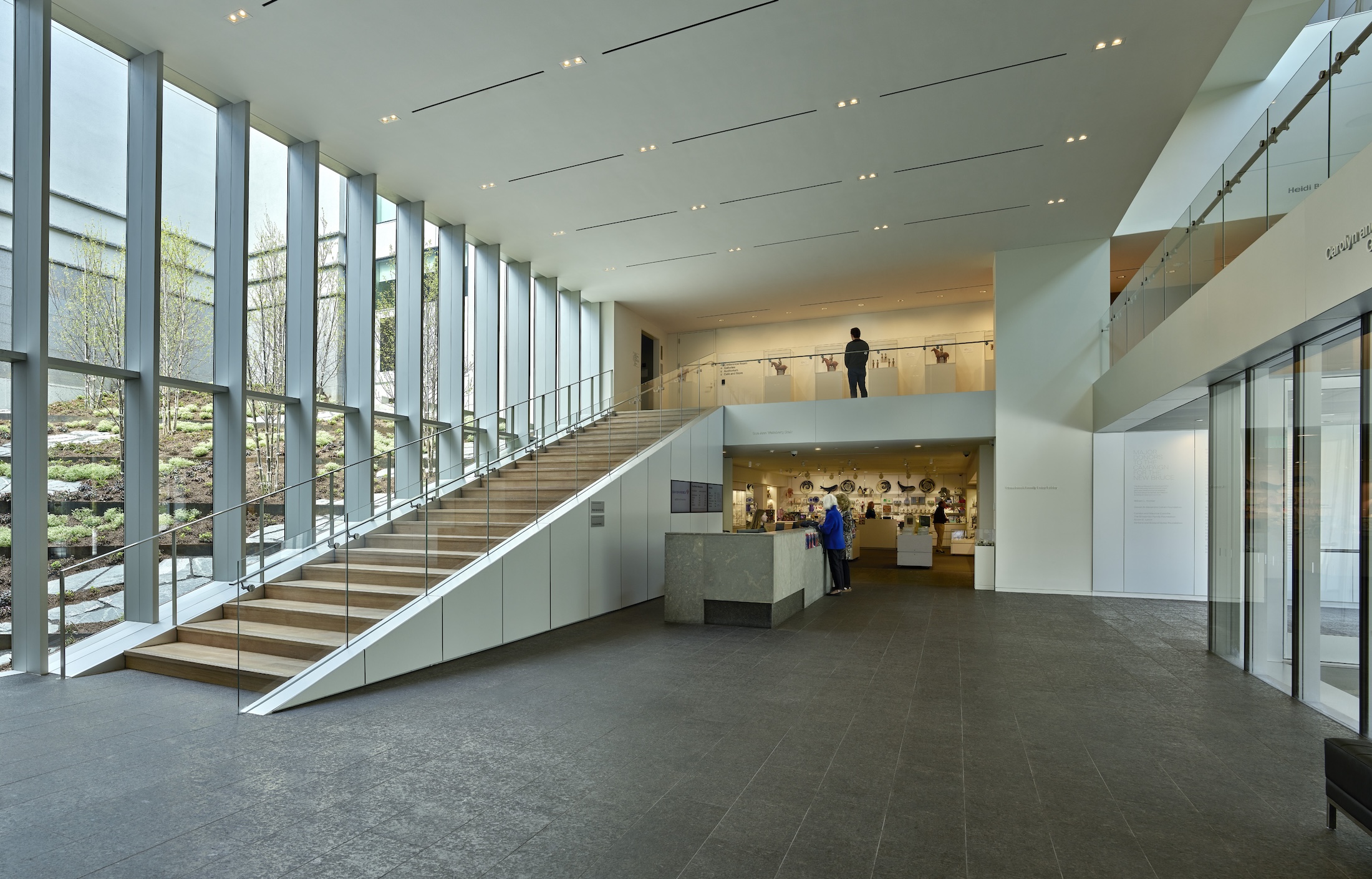
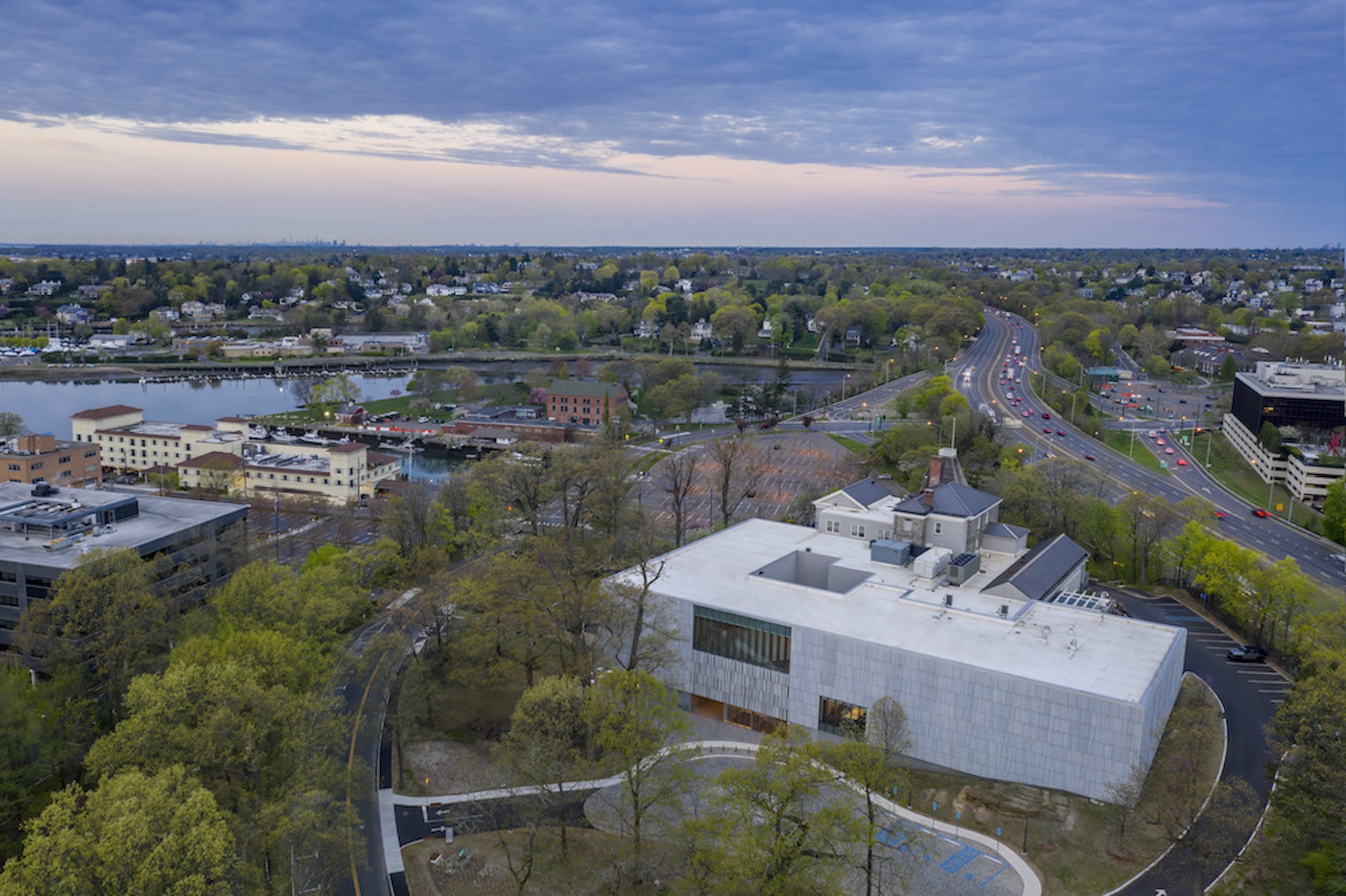
Related Stories
| Aug 11, 2010
Museum celebrates African-American heritage
The Harvey B. Gantt Center for African-American Arts + Culture recently completed construction on the Wells Fargo Cultural Campus in Charlotte, N.C. Designed by the Freelon Group, Durham, N.C., with Batson-Cook's Atlanta office as project manager, the $18.8 million project achieved nearly 100% minority participation.
| Aug 11, 2010
Design for Miami Art Museum triples gallery space
Herzog & de Meuron has completed design development for the Miami Art Museum’s new complex, which will anchor the city’s 29-acre Museum Park, overlooking Biscayne Bay. At 120,000 sf with 32,000 sf of gallery space, the three-story museum will be three times larger than the current facility.
| Aug 11, 2010
Thom Mayne unveils ‘floating cube’ design for the Perot Museum of Nature and Science
Calling it a “living educational tool featuring architecture inspired by nature and science,” Pritzker Prize Laureate Thom Mayne unveiled the schematic designs and building model for the Perot Museum of Nature & Science at Victory Park in Dallas. The $185 million, 180,000-sf structure is 170 feet tall—equivalent to approximately 14 stories—and is conceived as a large...
| Aug 11, 2010
Piano's 'Flying Carpet'
Italian architect Renzo Piano refers to his $294 million, 264,000-sf Modern Wing of the Art Institute of Chicago as a “temple of light.” That's all well and good, but how did Piano and the engineers from London-based Arup create an almost entirely naturally lit interior while still protecting the priceless works of art in the Institute's third-floor galleries from dangerous ultravio...
| Aug 11, 2010
The Art of Reconstruction
The Old Patent Office Building in Washington, D.C., completed in 1867, houses two Smithsonian Institution museums—the National Portrait Gallery and the American Art Museum. Collections include portraits of all U.S. presidents, along with paintings, sculptures, prints, and drawings of numerous historic figures from American history, and the works of more than 7,000 American artists.
| Aug 11, 2010
Silver Award: Please Touch Museum at Memorial Hall Philadelphia, Pa.
Built in 1875 to serve as the art gallery for the Centennial International Exhibition in Fairmount Park, Memorial Hall stands as one of the great civic structures in Philadelphia. The neoclassical building, designed by Fairmount Park Commission engineer Hermann J. Schwarzmann, was one of the first buildings in America to be designed according to the principles of the Beaux Arts movement.


